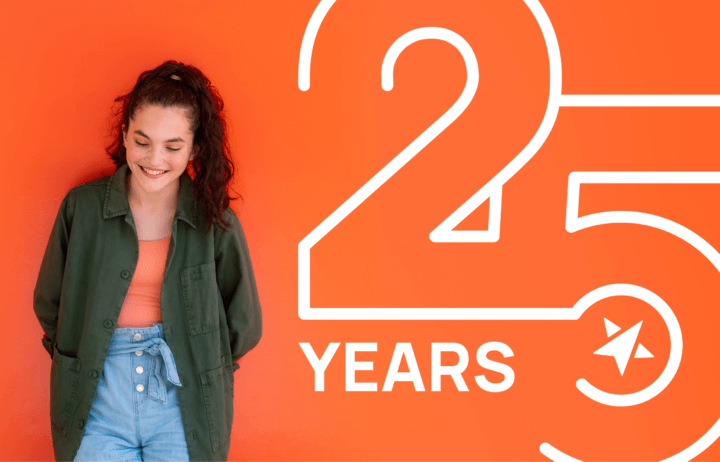This LGBTQ+ History Month, we’re remembering past trailblazers like Marsha P. Johnson, Miss Major Griffin-Gracy, Harvey Milk, and more, but we’re also looking forward to making more history. In a time of increased hostility toward LGBTQ+ people, and with anti-LGBTQ+ legislation still on the rise, the need for liberation is now. And when it comes to LGBTQ+ young people, their mental health is paying the price: 71% of LGBTQ+ youth — including 86% of trans and nonbinary youth — say state laws restricting the rights of LGBTQ+ young people have negatively impacted their mental health. They deserve to see a bright future for themselves and celebrate their history.
But it can be daunting to think about liberation and making history, especially when you’re just one person. The good thing is that history isn’t just made in big waves, but little moments, too. Liberation for LGBTQ+ young people (and all oppressed and marginalized people) will happen not only because of sweeping change but also because of individual actions.
Advocate for justice
Even as an individual, you have the power to make a difference in your community and in our country. This could mean taking action by attending a vigil or protest or community event; learning how to testify against harmful bills in your area; even contacting your legislators and letting them know how impactful legislation is on LGBTQ+ young people. Our website has an Advocacy map that tracks LGBTQ+ legislation across the nation — check it out so you can be informed on what is going on in your state.
Community organizing and volunteering for local organizations is a great way to stay connected and actually help the people around you. Do your research and find groups that serve the needs of LGBTQ+ people in your neighborhood and plug in where you can. You can also take action by making a public pledge of support to LGBTQ+ young people, whether that’s on social media, adding a Pride flag to your home or classroom, or other visible forms of advocacy.
Learn how to support LGBTQ+ young people
It may seem small, but person-to-person interaction can make a major difference. Our resource center has numerous guides on everything from allyship in hostile environments, to advice on coming out, to advice on supporting trans and nonbinary young people in your life. These learnings can be incredibly helpful when you do go out in your community and interact with LGBTQ+ young people, because you’ll be more familiar with what they need and what is important to them.
Support The Trevor Project
Building a world where LGBTQ+ young people see a bright future for themselves will take all of us, but change starts with one person. Supporting The Trevor Project and our work to end suicide among LGBTQ+ young people and make the world a better, safer place for them, is a great way to start making history. A donation ensures young people always have a supportive adult ready to listen to them.
Volunteering for The Trevor Project is also a great way to be a part of LGBTQ+ history. As a volunteer for our crisis lines, you work one-on-one with real LGBTQ+ young people who need support navigating mental health crises and life in general. Our volunteers are passionate and committed to helping LGBTQ+ young people get through and see that better future.
In 2022, nearly 90% of harmful bills considered were defeated by LGBTQ+ advocates and allies. This happens because of advocacy and targeted efforts by organizations like The Trevor Project, and it also happens because people speak up. Whether or not you think you do, you actually have the power to make change, in your community, in your state, in your country. We encourage you to be a part of that, so the next LGBTQ+ History Month and every one after that will get better.

